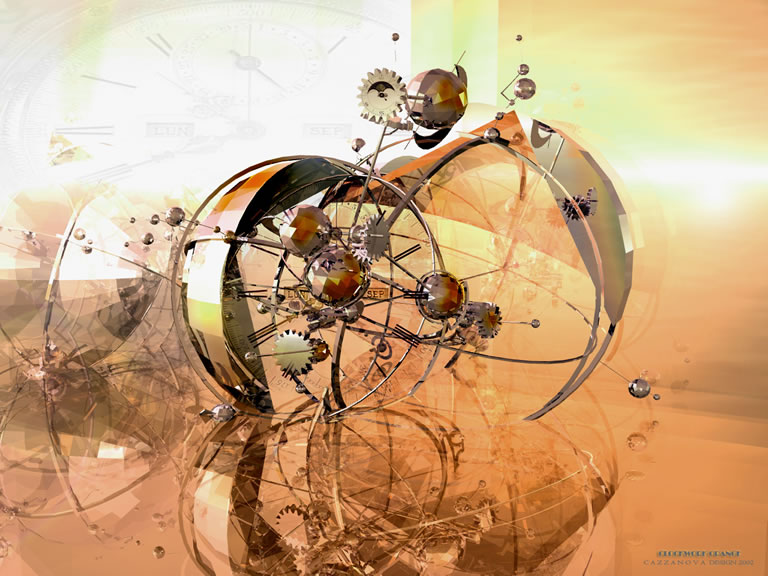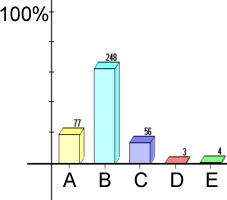
I have reduced the size of the original so it fits in a browser window.
The original is at: http://www.deviantart.com/view/211768/
“[The universe] is written in that great book which ever lies before our eyes. [But] we cannot understand it if we do not first learn the language and grasp the symbols in which it is written. This book is written in the mathematical language, and the symbols are triangles, circles, and other geometrical figures, without whose help it is humanly impossible to comprehend a single word of it.”
-- Galileo
These announcements are also contained in the pdf version of the PowerPoint shown on the side screens during class. A link to that pdf is below.
We did not quite finish our discussion of Chapter 1; we will finish this on Monday.
As part of our discussion of the mechanistic worldview of classical physics, I showed a beautiful image. Here it is:
 |
The render was done by cazzanova and
is used by permission. I have reduced the size of the original so it fits in a browser window. The original is at: http://www.deviantart.com/view/211768/ |
| We asked three questions in class. You may access a pdf version of the questions via the link to the right; it will appear in a separate window. |
| The first question illustrates a point discussed in class about how Physics uses mathematics as a language. The histogram to the right shows your answers. About 65% of the class chose the form with a vector sign over the 0. Discussing this amongst yourselves did not significantly change your answers. |  |
We discussed how there are arguments for both forms being correct:
The point is that although to a mathematician such distinctions are important, to a physicist they usually are not. So in PHY138 none of the answers are completely correct; personally I tend to like answer C: both forms are equally correct. In MAT135 this is probably not the correct answer.
The other two questions were the text's Stop To Think 1.1 and Stop To Think 1.2. Almost the entire class got both of these correct. Well done!
In general I will want to "re-cycle" questions from year to year. Thus the pdf linked to above has printing dis-abled. However it will be available to you until after the PHY138 Final Exam.
| A pdf version of the PowerPoint on the side screens is available with the button to the right; separate window. | |
| See the pdf version of the Journal via this button; separate window. |
| The arrows let you jump to the previous/next class summaries. | |